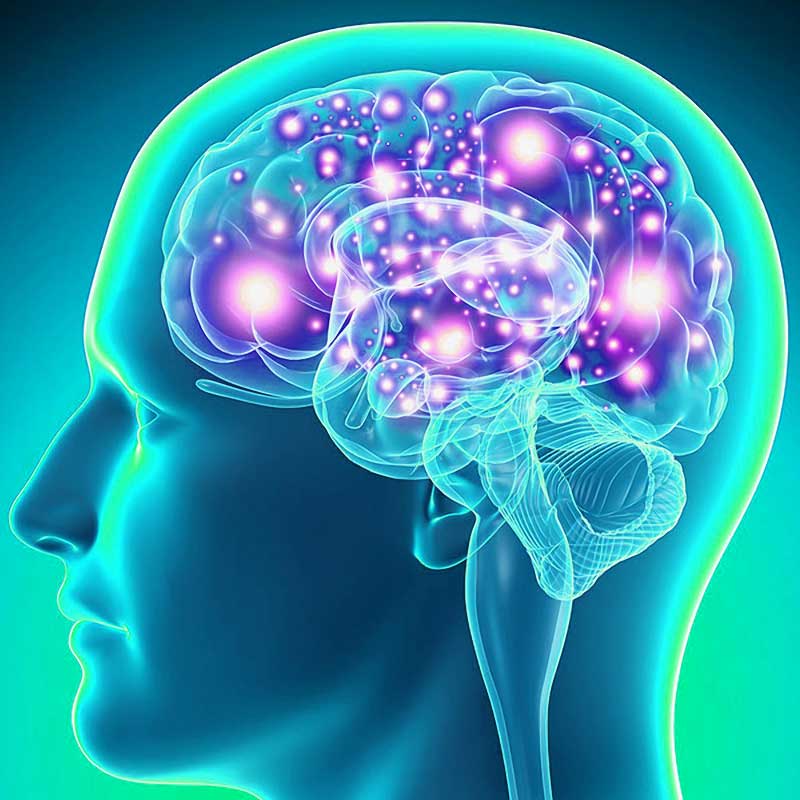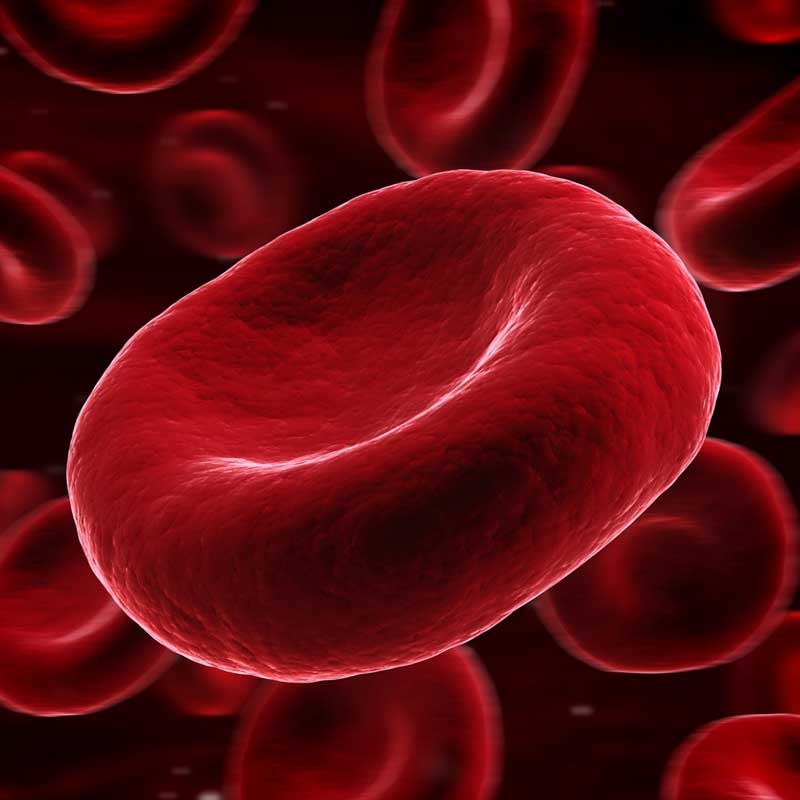Follow along with the NCCPA™ PANCE and PANRE Pulmonology Content Blueprint
- 32 PANCE and PANRE Pulmonology Content Blueprint Lessons (see below)
- 149-Question Pulmonology Blueprint Exam
- Comprehensive Pulmonology Lecture and Slides with Joe Gilboy PA-C (video lesson)
- Pulmonology Pearls Flashcards + flashcards integrated into lessons
- Picmonic™ integrated Blueprint Lessons
- The ABCs of ABG's Lecture and Slides with Joe Gilboy PA-C (video lesson)
- 8 Pulmonology Pearls High Yield Summary Tables (included as lessons below)
- ReelDx Integrated Patient Video Content (available to Smarty PANCE ReelDx level subscribers)





